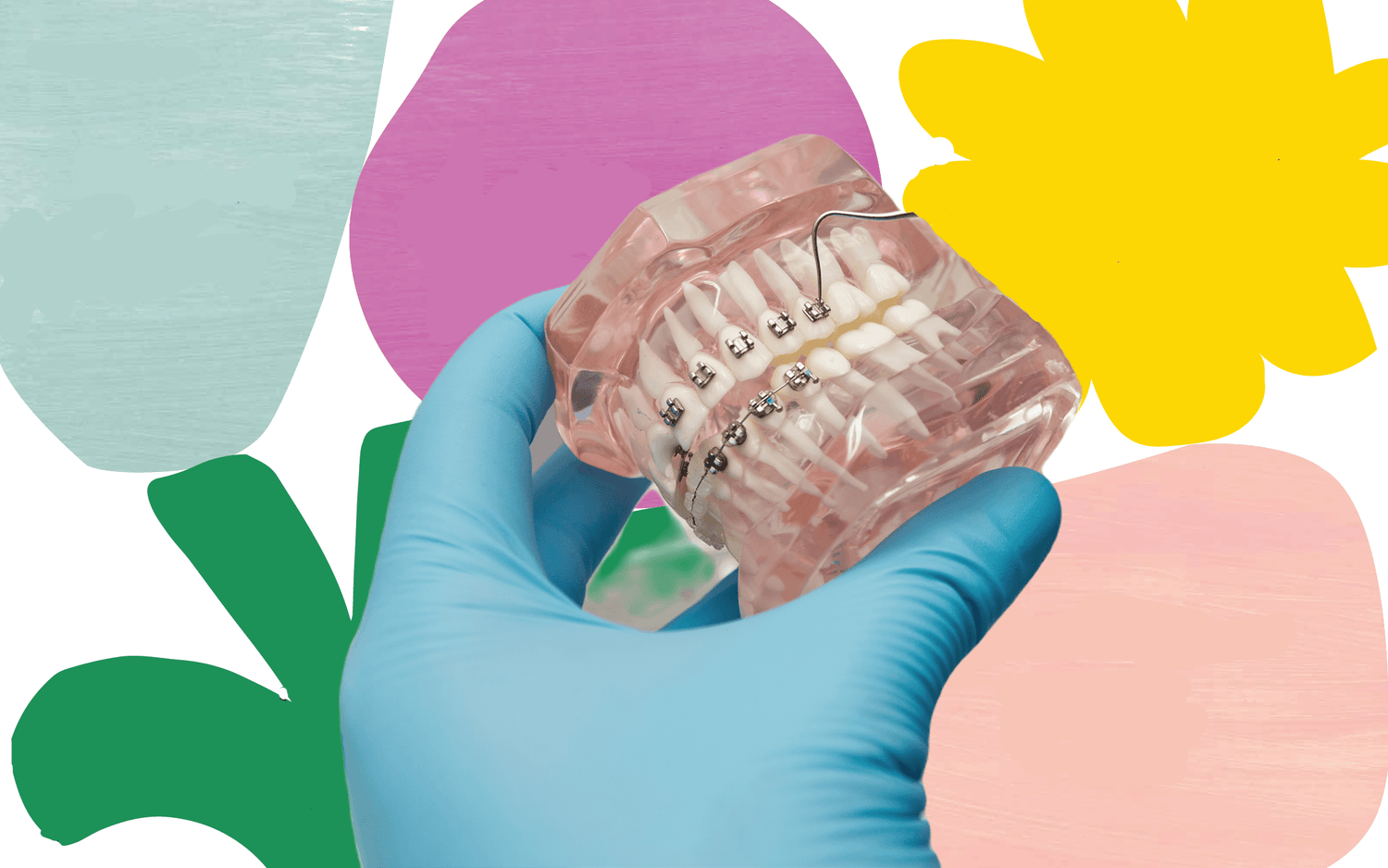By the time your child reaches seven or eight years old, you might want to start looking into orthodontic treatment. From nail-biting to thumb sucking, there are many reasons why braces are a necessity.
It’s exceedingly rare for a child to naturally have perfectly aligned teeth, so if you’re like most parents, paying for braces is just part of the deal.
And as you might know, braces are not exactly cheap, which is why you should know as much as possible before jumping into the process.
This guide will help you get a better understanding of prices, payment methods, and ways to get more affordable orthodontic treatment for kids. You’ll know exactly what you’re getting into and might even save some money along the way! Let’s begin.
Cost of Braces by Type
Do you remember having braces as a kid? Like electric scooters and eco-friendly t-shirts, technology has come a long way since then.

There are several types of braces available on the market today, each with its own pros, cons, and price points. Here are the main types of braces for kids that should be on your radar as you being your search:
Traditional Bracket Braces
These are the classic braces that you likely experienced for yourself. The core concept is the same – brackets, wires, and sometimes bands are used to straighten the teeth gradually over time, with occasional visits to the orthodontist to tweak the hardware and check on progress.
Most brackets are made of metal, but some practices offer ceramic brackets that are considered less visible. Ceramic brackets are more prone to staining, however, and also cost most.
Because they’re the most common orthodontic treatment worldwide, traditional braces tend to be the most affordable. Depending on where you go, you can get braces for kids as low as $3000. In more costly urban areas, the price can rise to over $5000 and beyond.
Lingual Braces
The mechanics of lingual braces are similar to conventional ones, but they are placed behind the teeth instead of on the front. This means that the braces are basically invisible, but there are a few downsides that you need to account for.
Lingual braces are said to be less comfortable than conventional braces because of their unique placement, and they are also more difficult to maintain with brushing and flossing.
Furthermore, lingual braces can cause the wearer to speak with a lisp, which might be a dealbreaker for kids making their way through school. Expect to pay a bit more for lingual braces, anywhere from $6000 to $9000 depending on treatment length.
Clear Removable Aligners
Aligner trays are the latest and greatest method of orthodontic treatment for kids. They are barely noticeable, cause limited discomfort, and can also be quite cost-effective if you know where to look.
Some cases of misalignment are so severe that this technology will not be worthwhile, but if your child does not need major work done, they can be a great alternative to conventional braces.
The main downside here is that the process can take quite a bit longer than metal braces, and you’ll need to make more trips to the dentist with your child. Aligners are also generally more expensive – in the $5000 to $8000 range – but some online services can bring the price down by $1000 or more.
Damon Braces
This is a proprietary type of orthodonture known as self-ligating braces, using specialized clips and sliding mechanisms to move teeth into place more quickly and with less discomfort than conventional braces.
The creators make claims that Damon Braces are also easier to clean and require fewer office visits. They are still as visible as conventional braces, although they do tend to cost more.
Depending on how much work needs to be done, expect to pay anywhere from $4000 to $8000 for full treatment and service.
Affording Braces for Kids
Looking at the figures we mentioned above, you might be a little concerned about the hefty bills coming your way for your child’s braces. However, like kids’ clothes and diapers, you know it just needs to be done.

If you can pay for braces 100% upfront – great. You’ll probably save some money in the long run by making that big payment in one go. That isn’t feasible for many families, of course.
Luckily, there are numerous ways to cut down the cost of braces for your kids and make the payment process far more manageable.
Here are a few things to consider to ease the financial burden of braces:
Dental Insurance
In some cases, your dental insurance provider will cover a portion of the cost for your child’s braces, so be sure to open a dialogue with the company and the front office of the orthodontist to get the complete picture.
It’s rare that you’ll get complete coverage from an insurance provider, as most of these companies classify braces as a cosmetic procedure. However, it’s still worth investigating and getting any extra coverage you can, even if it’s just a few hundred dollars.
Bear in mind that insurance companies will usually only cover the more economical braces procedures, so aligners might not be an option in this case.
Payment Plans
With the help of a down payment, low-interest rates, and a monthly payment plan, you can spread the cost of braces out across the entire duration of the treatment and make things a bit easier on your wallet.
Not all payment plans are equal, of course, and you don’t want to walk into a plan that ends up extracting more money with fees or penalties. Proceed with caution and compare different payment strategies to protect yourself and get the smartest deal.
Special Programs
If you can qualify for a program like Smiles Change Lives or something similar, you can get braces for your child at a very affordable price. Browse the web for different programs and put some time into the applications to demonstrate eligibility.
You can also stop by a local dentistry school to see if there’s a program for grad students to apply braces at reduced rates. Some parents aren’t willing to take that risk, but it’s usually nothing to worry about.
Other Factors to Consider
Aside from cost and payment, keep the following factors in mind when shopping around for braces for your child.

Time and Logistics
Maybe you lock in a great deal for braces, but the office is on the other side of town, and you need to drive 40 minutes each way, twice a month. Run the numbers – is it worth it?
Professional Trust
Do you get a good vibe from the orthodontist and the staff at the office? Read reviews, ask around, and make sure you trust everyone in the practice before moving forward.
Waiting vs. Starting Now
What is the right age for kids to get braces? It depends, and this is part of the overall decision-making process. Weigh the pros and cons of acting now versus waiting another year or two.
Conclusion
Braces aren’t the most fun for kids or the adults footing the bill, but now you have the facts and can make the best call for your family.
Sources:
The 7 Best Dental Insurance for Braces in 2021 | Investopedia
Braces for Kids | How Much do Braces Cost for Kids | ABC Children's Dentistry







Leave a comment
This site is protected by hCaptcha and the hCaptcha Privacy Policy and Terms of Service apply.